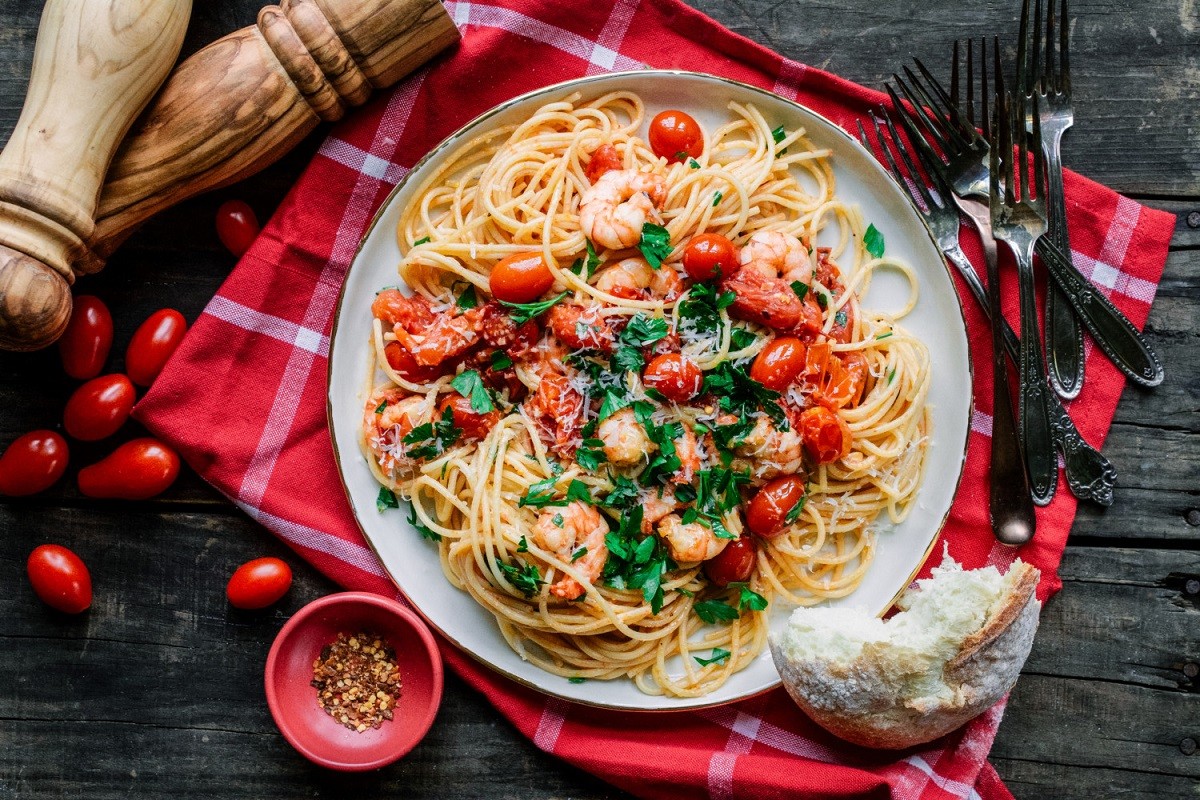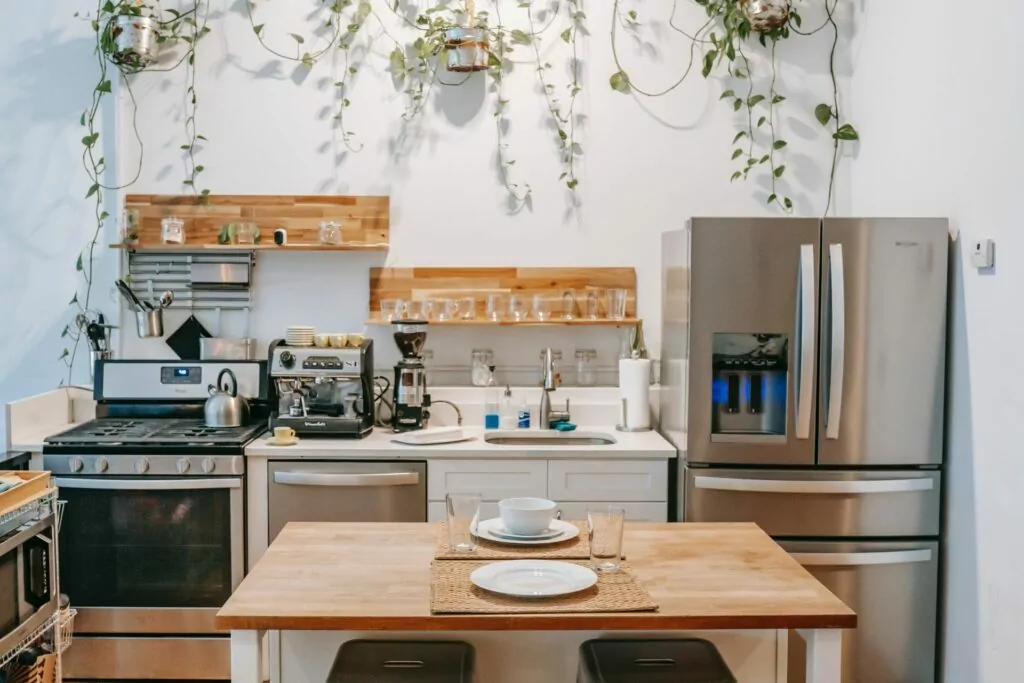A community spaghetti dinner is a social event that allows community members to meet new people, celebrate a special event, or raise money for a good cause. You don’t have to be a gourmet chef to make a spaghetti dinner; spaghetti is easy to make, and it’s a crowd-pleaser even for picky young eaters. Organizing a community dinner, however, can be a lot of work, and it’s important to start the planning process a few months in advance.
1. Keep Organized
Purchase a file folder. This will help you to stay organized, and you can save all the event information you collect along the way in the folder. Just tuck your notes, contact information, and receipts in separate compartments, and you won’t have to fumble for paperwork.
2. Choose a Community Venue
Reserve the venue. Depending on how many people you’re expecting to attend, choose a place with enough seating and kitchen facilities.
Church basements, school cafeterias, American Legion halls, and other public gathering places are usually free for community events, and they can accommodate large groups of people. It’s usually best to book the facility a few months before the anticipated event.
3. Double Check the Date
Choose a date. Check Town Hall public school, and local sporting event calendars to make sure the date you choose won’t conflict with other community events.
Weekends are usually easier for working families to fit in their schedules. You may have to be flexible with the date, depending on the venue you choose.
4. Publicity is Key
Advertise the community dinner. Place an ad in the newspaper, mail out flyers for local businesses to post in their store windows, or send personal invitations to invite guests.
Include the date, time, and location, as well as the cost per person and where to buy tickets. Because preprinted invitations are expensive, design your own on the computer and get them printed at a copy center.
5. Sell or Hand Out Tickets
Sell tickets printed with the time, date, and venue. Give the tickets to local businesses where community members can purchase them.
Explain that supporting a community event would be a good public relations strategy, because it would show customers that the owners are altruistic. You can also make the tickets available at Town Hall or other town centers.
If the event is not a fundraiser, note that the event is not for profit on the tickets. Distributing tickets is important, because you should know how many people are expected to attend.
6. Buy According to Your Budget
Purchase paper plates, napkins, plastic utensils, boxes of dry spaghetti, and pasta sauce in bulk, depending on how many guests you expect to come to the dinner. If the budget does not allow for drinks or drink mix, dessert, and salad, then ask local grocery stores to donate these food items. Call the stores and ask to speak with the manager; many stores also have their donation policies listed on their website.
7. Recruit Local Volunteers
Recruit volunteers to help cook and serve the meal. Contact the local high school and ask to speak with the advisor for a community service club such as Key Club. Explain the details of the event, exchange contact information, and follow up for a list of student volunteers.
8. Start Cooking Early
The night of the spaghetti dinner, start cooking at least two hours before the event. Ask volunteers to help out with tasks such as boiling water, draining the spaghetti, and serving the meals.
If you have more food left over after everyone is finished eating, donate the extra food to a local soup kitchen. One pound of spaghetti will feed a family of four, but keep in mind that the elderly and children generally eat less than the average person.
9. Make Setting Up Quick and Easy
Set up tables and chairs in the banquet hall an hour before the event. Most venues have collapsible tables and fold-out chairs in storage.
A standard place setting includes a fork to the left of the plate and a knife and spoon to the right of it. You can place the napkin under the knife and spoon or on top of the plate.
With these tips, planning a spaghetti dinner could be a little easier. Just remember to enjoy all your hard work at the actual event!







